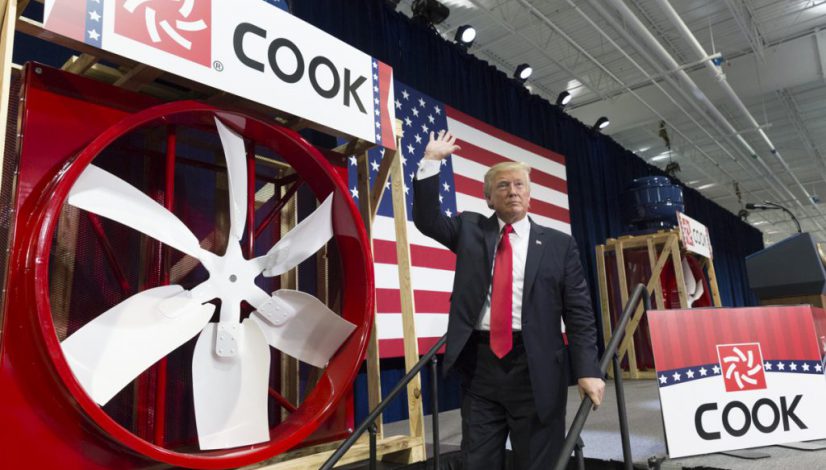The Positive Impact of Tax Reform – Manufacturing
With tax discussions underway, US companies are looking forward to several positive impacts of tax reform on manufacturing. Manufacturers should keep a weather eye on the proposed policy changes and prepare to capitalize on a coming tax overhaul.
Effects of Tax Reform on Manufacturing
In the world of contract manufacturing, streamlining operations and minimizing costs at every step is the name of the game. Contract manufacturers strive to simplify processes and exploit every cost-saving measure available to ensure a profit margin for their clients. Additionally, manufacturing is a very capital-intensive enterprise, requiring the acquisition and maintenance of expensive, heavy machinery. It is absolutely crucial to maintain cash reserves and minimize liabilities.
Unfortunately, the United States boasts the highest corporate tax rate in the world – a significant challenge for cost-sensitive manufacturers. At 35%, the corporate tax in the US far exceeds the European Union average (19%) and the world average (22%). This is particularly hard on the manufacturing sector, and this industry would be the first to gain from meaningful reform. Because of this, the current administration’s proposed plan would be especially beneficial for manufacturing companies.
Last month, President Trump spoke at the National Association of Manufacturers (NAM) on his proposed plan and the desirable impact of tax reform on manufacturing and the US economy. Typically, new manufacturing facilities stimulate the local economy by adding workers at the plant and creating supplier jobs, as well. It is estimated that two to six indirect jobs are created for every manufacturing job created. This underscores the positive impact of tax reform on manufacturing and on the US economy as a whole. Trump drove this point home in his speech:
The biggest winners will be everyday working families as jobs start pouring into our country…When companies leave our shores, it’s American workers who get hurt. They get fired.
Positive Changes Proposed
The US House and Senate are currently discussing different versions. But among them are several changes quite promising for manufacturers and other US companies. Some the most popular proposals include:
- Reducing the corporate tax rate from 35% to 20%, which the White House believes will increase workers’ pension plans by raising stock prices
- Allowing for full expensing of capital assets and a deduction for wages and salaries
- Providing for a mandatory repatriation of overseas profits at a discounted rate, thus encouraging US manufacturers to reinvest foreign earnings in the US
- Removing the border adjustment tax
An Opportunity for Manufacturers
In spite of the various opinions and competing proposals, there remains a very real possibility for meaningful tax reform soon. And manufacturers face an opportunity to capitalize on this shift. The NAM recently hosted a webinar, The Outlook for Tax Reform in 2017, advising manufacturers how to position themselves to make the most of this opportunity. A common theme among the panelists was that the time to act is now. Companies should set plans in place now for policy changes that will be implemented next year.
Therefore, to take advantage of the positive effects of tax reform on manufacturing, companies should run models to see how various changes would impact them. In advance of a rate cut, accounting method reviews and fixed asset studies may become permanent benefits if timing is planned carefully. It is advisable to forecast the impact of mandatory repatriation and to consider long-term debt that may be grandfathered under new provisions. If companies take steps now, early acting can increase the positive impacts of tax reform on manufacturing in this country.

